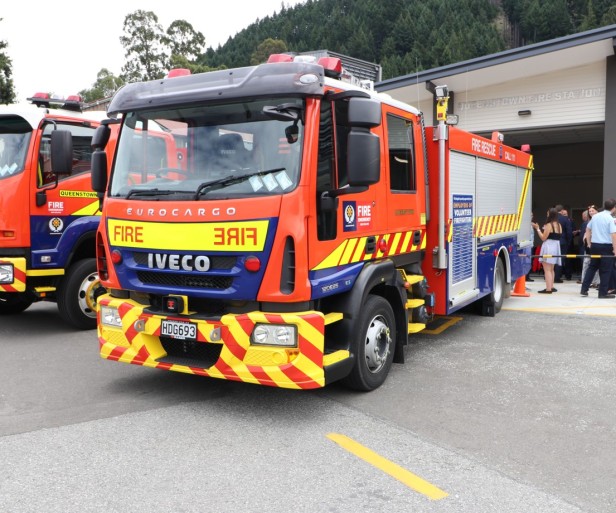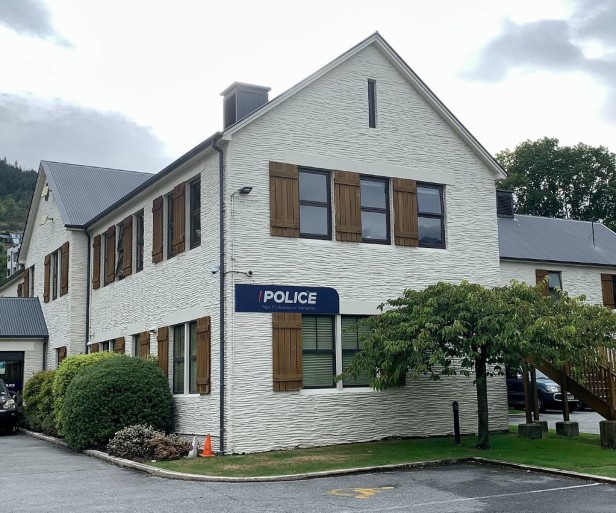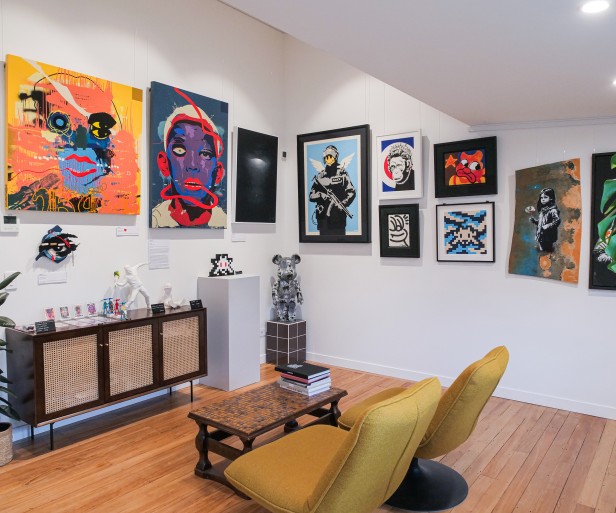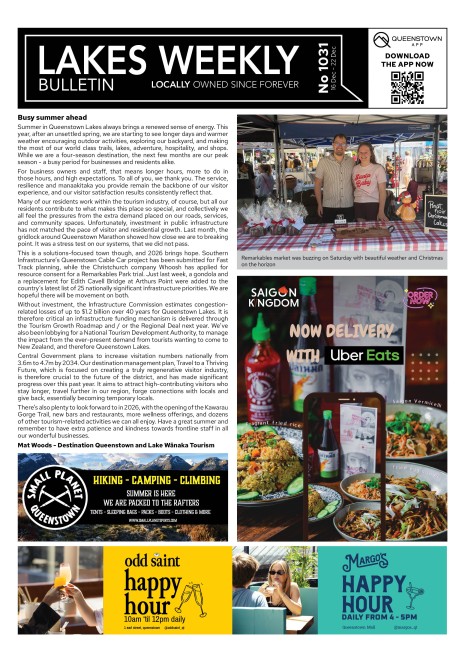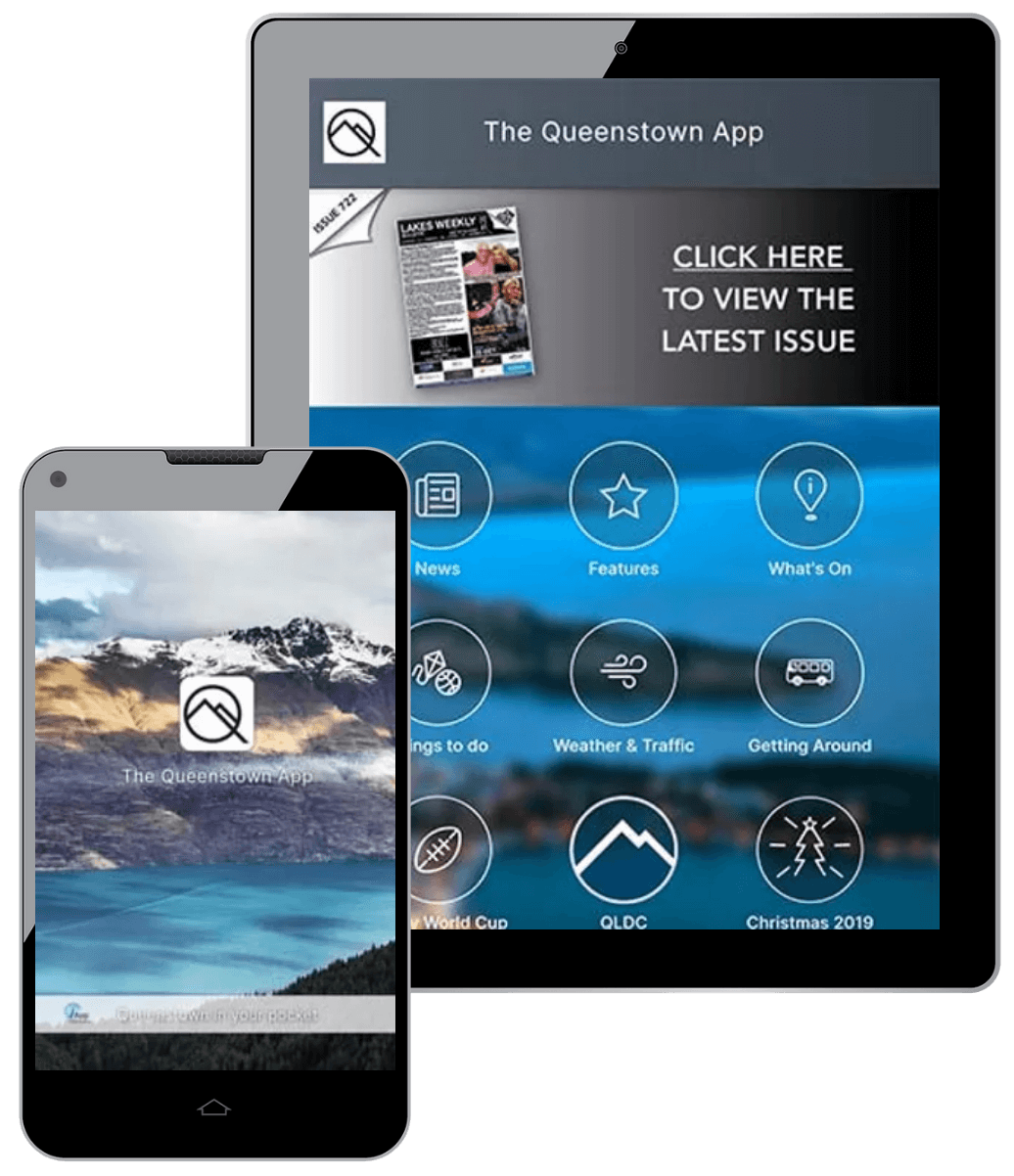Queenstown goes all-in on Regional Deals
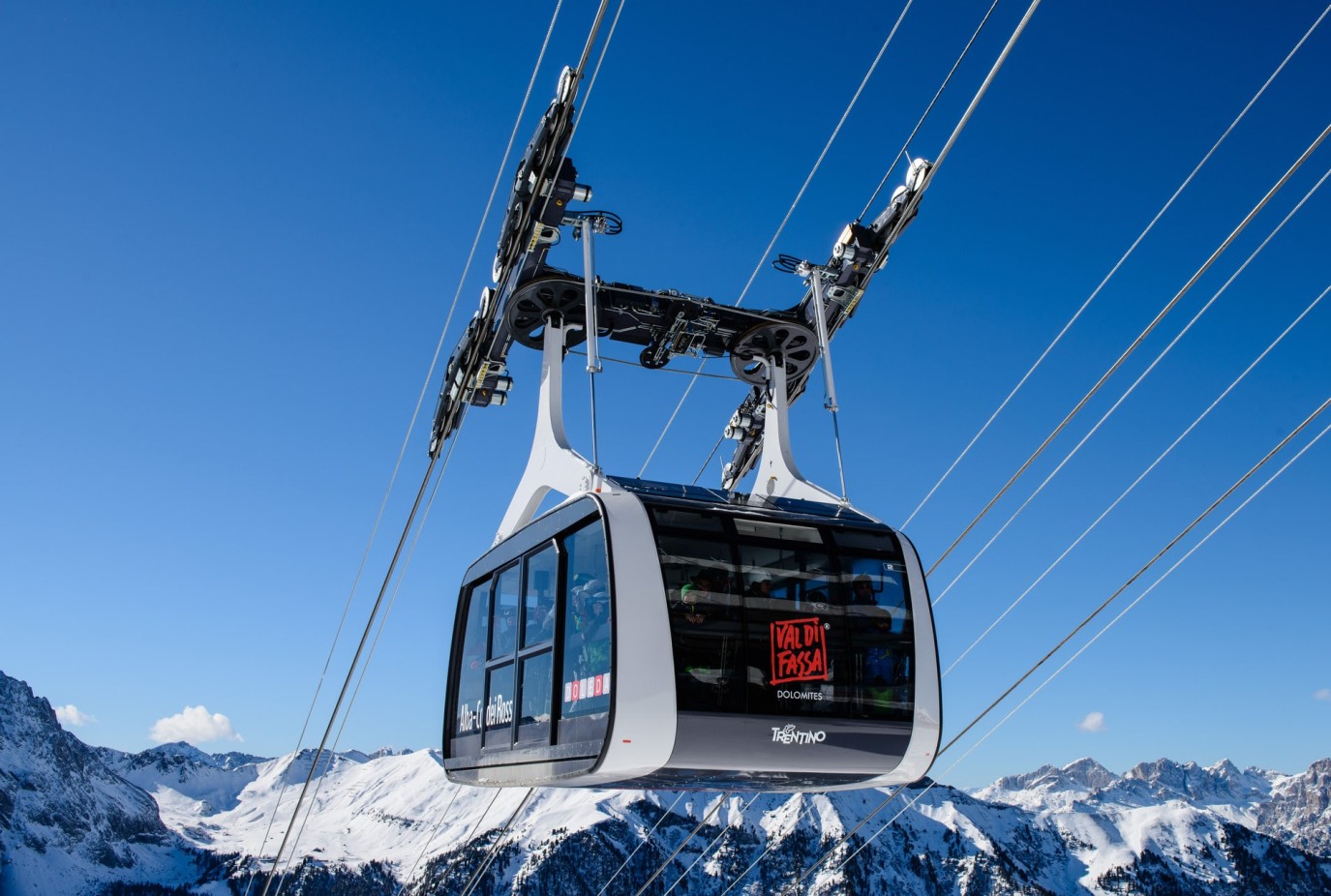
A bed tax, mass gondola transport and new roads, privately-funded public hospitals, an upgraded electricity network, and a supercharged business and tech sector.
Those are some of the grand plans outlined in Queenstown Lakes and Central Otago's bid for one of Central Government's Regional Deals.
Details of the landmark bid were released late yesterday, before going to Queenstown Lakes District councillors for approval next week, ahead of the 28 February submission deadline.
If the National-led Coalition Government choses the region as one of the deal-locations, the bid document will define Queenstown and Central Otago's future for the next three decades and beyond.
Focused on economic growth and infrastructure, the bid is broken down into five packages.
1. Leverage the visitor economy to boost economic growth
- The plan is to position 'Otago Central Lakes' as New Zealand's international gateway for investment and business
- It recognises that Queenstown and the region is high attractive to ex-pats, digital nomads and business executives, due to its direct flights to major cities, dramatic landscapes and high living standards
- The aim is to make it easier for them to relocate here, set up business and invest - leveraging the new Active Investor Plus Visa, establishing an Invest NZ / NZTE presence, and potentially creating a Special Economic Zone
- Attracting investment and also talent through study and skilled migration schemes, as well as post-visit export sales, could deliver $3.6 billion in additional economic benefit
- There's a particular focus on accelerating the growth of the tech sector and learning economy - through accelerated planning approvals for a commercial technology precinct and university campus, special visas, tax deductions and allowing overseas workers and investors to buy property here (over a certain value). Tech Queenstown estimates the industry could be worth $1b in 10 years with Government help
- It also calls for more promotion of the film industry, as well as streamlined consents and permits, and also funding from the International Visitor Levy for tourism technology and data collection.
But the plan recognises bums-on-seats tourism is eroding the industry's social licence
- It calls for more work on Optimal Visitation Models along with the rapid establishment of robust tourism data sets
- The bid cites Barcelona as a case study of negative local sentiment towards tourism. City residents have protested in the streets against tourism, garnering worldwide attention. "Queenstown Lakes is one of the few destinations in NZ that has the potential for similar behaviour", it warns.
- Cardrona Alpine Resort is used as an example of capacity management. Owners RealNZ introduced dynamic pricing, recognising unchecked growth diminishes the visitor experience. Customer satisfaction increased, as did profits by 7%, enabling expansion into Soho Basin.
- Cardrona's approach "directly aligns with the Otago Central Lakes vision, which sets out a clear pathway for growing the visitor economy through smarter management of visitor flows, investment in high-quality experiences, and community-focused development", it reads.
2. Transform the transport system
- Redesigned transport system based on the integration between off-road Mass Rapid Transport - that's a gondola connecting downtown Queenstown with Frankton and the suburbs beyond - and road travel
- It would be built through attracting private finance
- MRT could yield $18m annually by 2028 and $37m by 2048, with a $5 fare for an end-to-end trip
- Road pricing, congestion charging and tolls would be introduced - to shift demand on to the MRT and fund infrastructure builds including Arthurs Point Bridge, other bridges and stages 2 & 3 of the controversial downtown arterial roads project
- Public Private Partnerships would fund the roading and bridges, along with cash from the road charges, the local bed tax and/or International Visitor Levy
- A bus service linking Alexandra, Cromwell, Wānaka and Queenstown
- Doubling corridor capacity in the most constrained areas is estimated to unlock between $670M and $1.2B of economic growth
- The bid warns that without change by 2028, "average travel times will match today's peak. For example, peak times between Lake Hayes Estate and Queenstown Town Centre (11km trip) are projected to regularly exceed 60 minutes".
3. Electrify Otago Central Lakes
- The vision is to be the "most highly electrified, innovative place in NZ"
- Encourage Transpower to increase supply and resilience by creating an additional electricity transmission line into Queenstown, affecting Wanaka, Cromwell, and the proposed Santana mine. Provide streamlined planning for a transmission corridor
- Include Queenstown as part of an interconnected National Grid to help alleviate the financial burden on local residents and ensure more equitable energy costs
- Supercharge Solar and Battery uptake in Otago Central Lakes as national pilot - removing financial barriers and outdated regulations to encourage a high uptake of rooftop solar and batteries for the region's homes and commercial properties
- Create a Special Economic Zone to pioneer energy innovation - including making Otago Central Lakes a test ground for electric aviation - attracting investment and talent
- Create a hub for solar and electrification training
- Research solar and battery use in agriculture, viticulture, and horticulture
- "A growing tourism system with high energy demands (snow sports) requires affordable, secure and reliable supply, especially in peak season", it reads.
4. Leverage private investment to deliver public health services
- Public Private Partnerships to deliver better health services
- Otago Central Lakes residents make up the 70% of people in NZ who live more than two hours away from a base hospital but Health NZ's 10 year plan currently includes no further investment in the region
- Otago Central Lakes Hospital in Queenstown - hospital facility built and financed by a private investor from which public service can be delivered by Health NZ. This is currently in the planning stage
- Te Taumata Lakeview Clinic - private surgical hospital, expected to open in 2027, in Queenstown that presents opportunities to strengthen the medical workforce and provide much-needed local maternity services. The bid suggests Health NZ could contract secondary care for maternity, until public has its own facility, rather than requiring people to travel to Invercargill or Dunedin for these services
- Integrated Care Hub in Wānaka - a private day surgery for low-risk procedures in the planning stages, with opportunities to include space for after-hours and other publicly-funded services. Health NZ could contract secondary care for maternity here too
- Aged Care Facilities in Clyde - facilities under construction could be expanded to include a full suite of publicly-funded services for older people in Central Otago
- Wānaka Health Precinct - anchored by a private surgical hospital, with potential to integrate publicly-funded health services with the private surgical facilities using the strategic leasing mode. Could allow for 24-hour access to public emergency care
- Secure land for future health infrastructure projects
5. Share the value created from growth
- Local visitor user charge - yep, the bed tax is back
- It would be levied through accommodation providers (including Airbnb) for all visitors. A 5% levy on the $413m estimated to have been spent in 2023 on accommodation in Queenstown Lakes would generate $210m over 10 years, covering about 30% of $756m costs attributed to visitors
- Despite having only 1% of New Zealand's population, Queenstown Lakes hosts 11% of all guest nights and 19% of international guest nights. Peak day population in 2023 was 99,220, with 48% visitors. By 2053, peak day population is estimated to exceed 217,000
- More tools to enable affordable housing. The bid says affordable housing is a $1 billion problem in Queenstown Lakes, as that's what local wages would have to increase by to bring house prices and rents with national averages
- Legislation to enable bespoke agreements with developers to provide land, or funding, for perpetual affordable housing through a registered Community Housing Provider
- Incentives for build to rent, both from local and central government, and incentives for building on land already zoned and serviced
- Update to Accommodation Supplement boundary to reflect existing urban areas
- Mandate short-term letting providers (such as Airbnb) to provide data to Councils to enable a better understanding of the impact of short-term letting on housing affordability and availability. This is interconnected with the visitor user charge and will be required to monitor and enforce this
- The bid also calls for news legislation enabling upfront development contributions from developers. Some 40% of Queenstown Lakes long-term plan capital programme is attributed to growth, but only a portion of it is recovered during the plan period
- And, finally, it wants direct mining royalties to fund growth infrastructure - while not an endorsement of the planned mines for the region, the bid calls for potential royalties to be invested in upfront infrastructure and water resilience
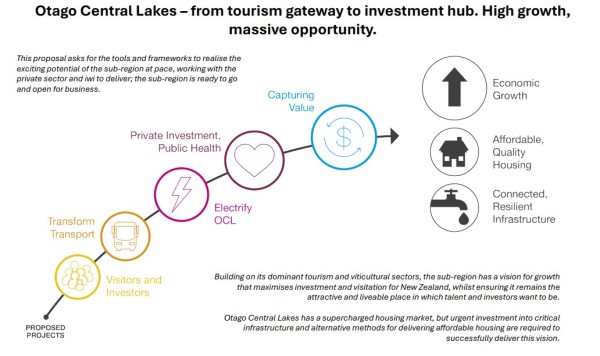
Queenstown Lakes District Council (QLDC), Central Otago District Council (CODC), and Otago Regional Council (ORC) have developed the joint proposal under the Regional Deals framework. The full 34-page document is available here.
It's been worked on by elected members and staff from the respective councils, along with representatives from the private and public sectors and iwi.
"Prioritising our collective vision is the logical choice to move the dial on New Zealand’s economic growth as the first Regional Deal partner. Our part of the country is an economic powerhouse, but there is urgency to address critical infrastructure needs and deliver affordable housing," Queenstown Lakes Mayor Glyn Lewers says.
"In the past year alone, Queenstown Lakes and Central Otago enabled the third highest number of new dwellings nationally, but demand and prices continue to increase. We continue to grow but we need to grow well to retain and boost what makes our region special.
"It’s also a fantastic opportunity to leverage our combined strengths to improve tourism productivity for the region and for New Zealand.”

Queenstown Lakes Mayor Glyn Lewers
The proposal aligns with a dozen previous pieces of work, including the Queenstown Lakes Spatial Plan, Queenstown Lakes Destination Management Plan, Queenstown Transport Business Case, ORC Regional Public Transport Plan, and similar plans for Central Otago.
ORC Chair Gretchen Robertson says ORC’s role is particularly centred on public transport, especially in rapidly growing areas like Queenstown, but also in the wider 'Central Lakes' area.
"The region faces significant demands for infrastructure investment, and Queenstown’s geographically constrained environment, tourism-driven travel patterns, and growing population create uniquely complex transport challenges which require innovative solutions and collaboration, she says.
"By working together, thinking innovatively, and being open to new ways of getting things done, we can turn constraints into smart solutions that benefit our communities, economy, and environment.
"These are complex challenges, but with the right approach, they become opportunities,” Cr Robertson says.
Central Otago Mayor Tamah Alley says the joint approach is in part driven by Otago Central Lakes being one of the fastest growing areas in New Zealand, with growth that’s not expected to slow over the next 20 years.
"The combined Central Otago and Queenstown Lakes area will add billions to New Zealand’s GDP over the next decade and our proposal sets out how the region could add billions more while remaining a fantastic place to live.
"With the right infrastructure and services enabled by new funding and financing tools such as visitor levies, we could showcase broader opportunities for NZ Inc and be a test bed for regional models that could be rolled out elsewhere.”
The proposal will be discussed and voted on by Queenstown Lakes councillors next Tuesday, 25 February, and at CODC and ORC next Wednesday
If the three councils agree to support the proposal, the next step would be to submit it to the Department of Internal Affairs by 28 February.


